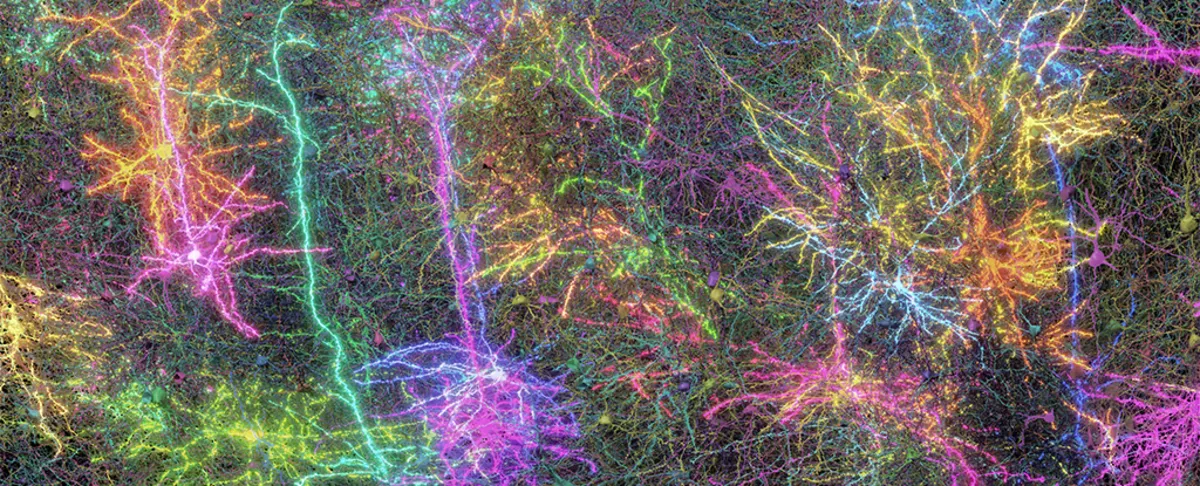
Understanding the complexity of the brain is akin to trying to measure the vastness of space – it often feels overwhelming. However, groundbreaking research that focuses on mapping a section of a mouse brain in exquisite detail is paving the way for us to better understand the intricate neurological cosmos within our own heads. This study, despite analyzing a volume of brain matter no larger than a grain of sand, meticulously described the relationships between 84,000 neurons through a staggering half a billion synapse connections and 5.4 kilometers (3.4 miles) of neural wiring.
This research represents the most detailed rendering of a mammalian brain ever recorded, achieved through an extensive nine-year effort involving over 150 researchers and collaborating institutions, including prestigious organizations like Princeton University, Baylor College of Medicine in Texas, and the Allen Institute for Brain Science in Seattle. Neuroscientist Andreas Tolias, now at Stanford University, emphasizes the significance of this data, stating, “The brain is this biological tissue inside our heads that makes us see the world, have feelings, make decisions.”
What sets this research apart is its unique integration of both the structure and function of the brain in a single experiment. Scientists were able to visualize not only the intricate wiring layout of the brain but also how these connections communicate and operate. In the study, the mouse, which was shown various video clips (including scenes from The Matrix), moved on a treadmill while its brain activity was closely monitored.
Post-experiment, the mouse brain underwent dissection into 28,000 separate layers. The research team employed a sophisticated combination of AI techniques and human oversight to unravel the complex network of neuronal connections, identify their relationships, and then reconstruct the entire wiring diagram, known as the connectome. While scientists have previously mapped the connectome of an insect brain, this achievement represents an entirely new level of complexity, inching us closer to similar breakthroughs in understanding the human brain.
"The connectome is the beginning of the digital transformation of brain science," asserts Princeton University neuroscientist H. Sebastian Seung. The implications of this voluminous data, which has been made publicly available, are extensive and impactful. Currently, the human brain outperforms even the most advanced AI models in terms of processing speed and efficiency. Research like this elucidates why that is the case and offers promising advancements in the study of various brain diseases, including dementia.
By digitizing parts of the brain and gaining insight into its architecture, scientists can enhance their understanding of how things can go awry. Seung notes, “The technologies developed by this project will give us our first chance to really identify some kind of abnormal pattern of connectivity that gives rise to a disorder.” This pioneering research not only opens new avenues for understanding brain function but also holds the potential to revolutionize treatments for neurological disorders.